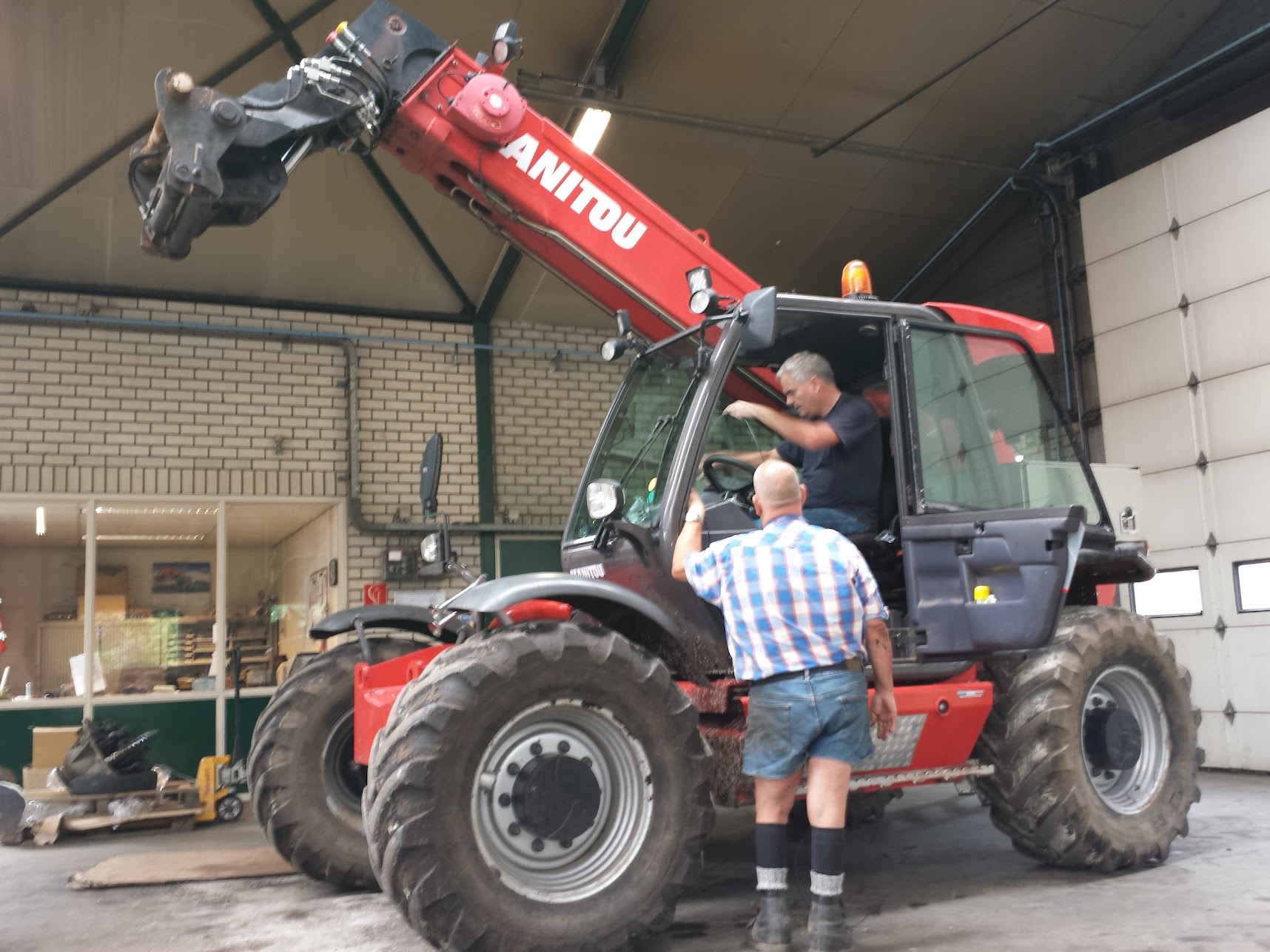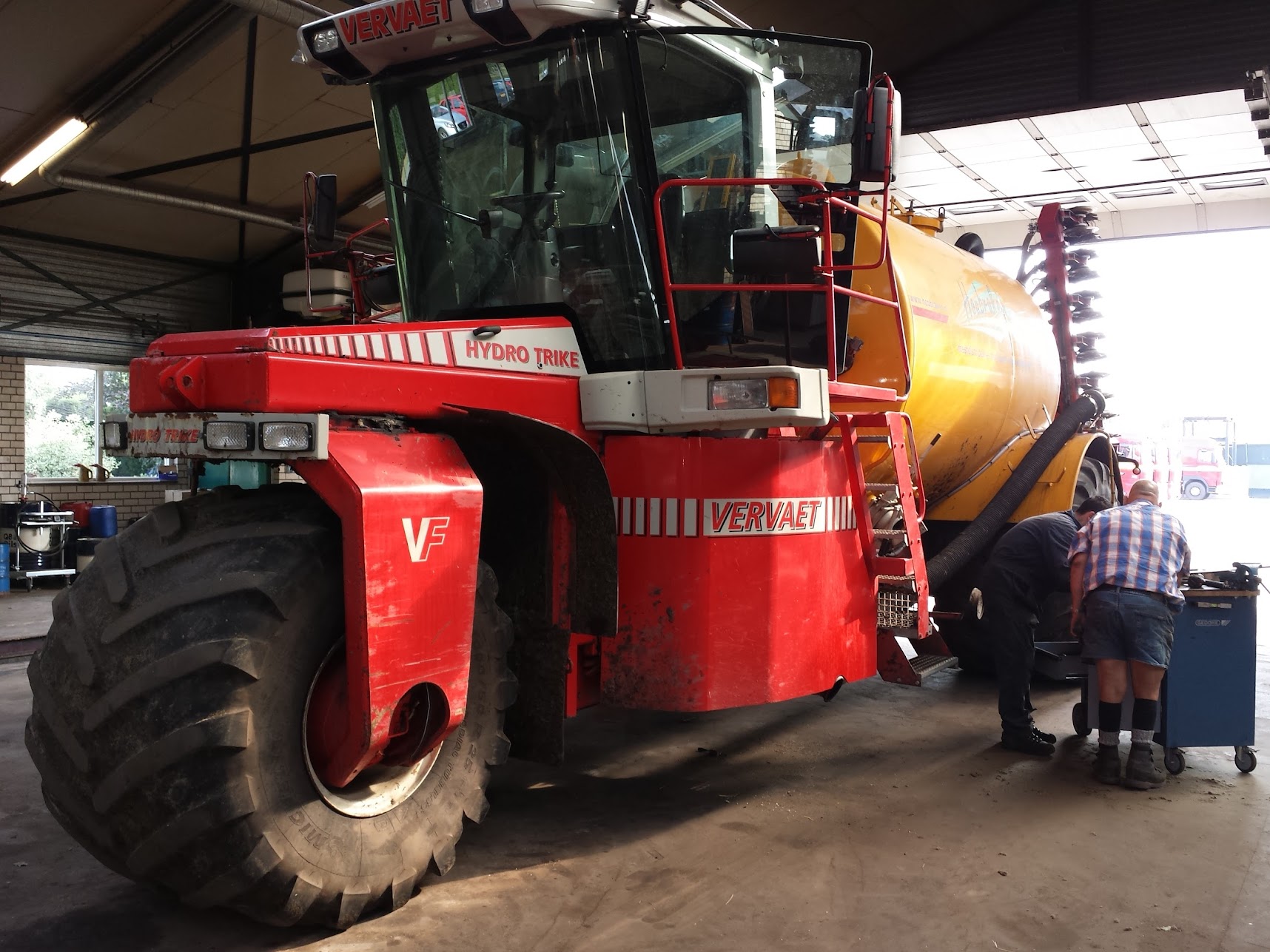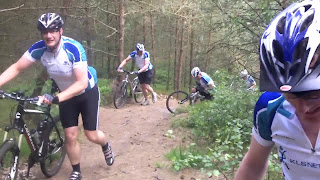 One of my companies (JointSystems) is specialised in on-board scale solutions for commercial and agriculture vehicles, but also for wheel loaders and telehandlers. While others in this company know everything about the nuts and bolts of those vehicles I am specialised in the bits and bytes of the micro processors we use. With proper sensors you can measure pressure and calculate a weight. With intelligent software you can turn weight into business information.
One of my companies (JointSystems) is specialised in on-board scale solutions for commercial and agriculture vehicles, but also for wheel loaders and telehandlers. While others in this company know everything about the nuts and bolts of those vehicles I am specialised in the bits and bytes of the micro processors we use. With proper sensors you can measure pressure and calculate a weight. With intelligent software you can turn weight into business information.
Now for the part of the software, low level input of sensors is required, collected data is processed and communicated between processors and stored in non-volatile memory. A dedicated PC program can download the data from the micro processor into a database, enabling reports based on period, vehicle, customer and load type. You see, this goes far beyond just a scale and weight.

The nice thing of such a versatile product is that it can be used by so many different types of businesses and visiting such companies enriches my world. This week we did an installation of a JointSystems LoadController on a telescopic handler, or telehandler. Looking at the pictures you get the idea. The company is involved in fertiliser, transport, distribution and all kinds of agriculture related contracting. Agriculture is a bit differing from my (computer) world so I was amazed by the different types and size of some of the agricultural vehicles. For instance, in the Netherlands it is not allowed anymore to just spread fertiliser over the soil, but it must be injected into the soil. Other vehicles are used for the flipping and collecting of hay, or the collection and processing of grain. For some more pictures of these vehicles look here.
Anyway, we did a great job with the supply of a new on-board weighing system in a telehandler. All their trucks are already accommodated with a JointSystems solution, but now we can welcome a happy driver in a telehandler as well.
See the video where the telehandler vehicle is calibrated and the driver is trying out the new installation:



